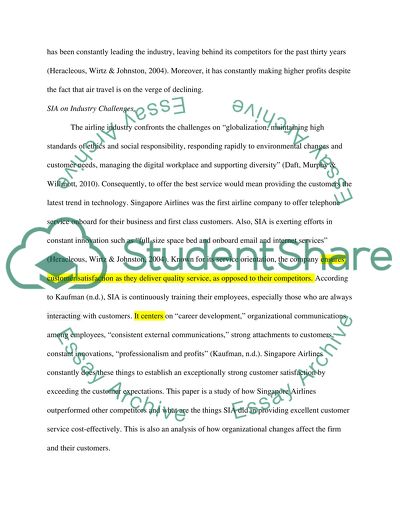Cite this document
(“Singapore Airlines' Dual Strategy: An Analysis of Organizational Research Paper”, n.d.)
Singapore Airlines' Dual Strategy: An Analysis of Organizational Research Paper. Retrieved from https://studentshare.org/marketing/1453710-singapore-airlines-organizational-change-analysis
Singapore Airlines' Dual Strategy: An Analysis of Organizational Research Paper. Retrieved from https://studentshare.org/marketing/1453710-singapore-airlines-organizational-change-analysis
(Singapore Airlines' Dual Strategy: An Analysis of Organizational Research Paper)
Singapore Airlines' Dual Strategy: An Analysis of Organizational Research Paper. https://studentshare.org/marketing/1453710-singapore-airlines-organizational-change-analysis.
Singapore Airlines' Dual Strategy: An Analysis of Organizational Research Paper. https://studentshare.org/marketing/1453710-singapore-airlines-organizational-change-analysis.
“Singapore Airlines' Dual Strategy: An Analysis of Organizational Research Paper”, n.d. https://studentshare.org/marketing/1453710-singapore-airlines-organizational-change-analysis.


